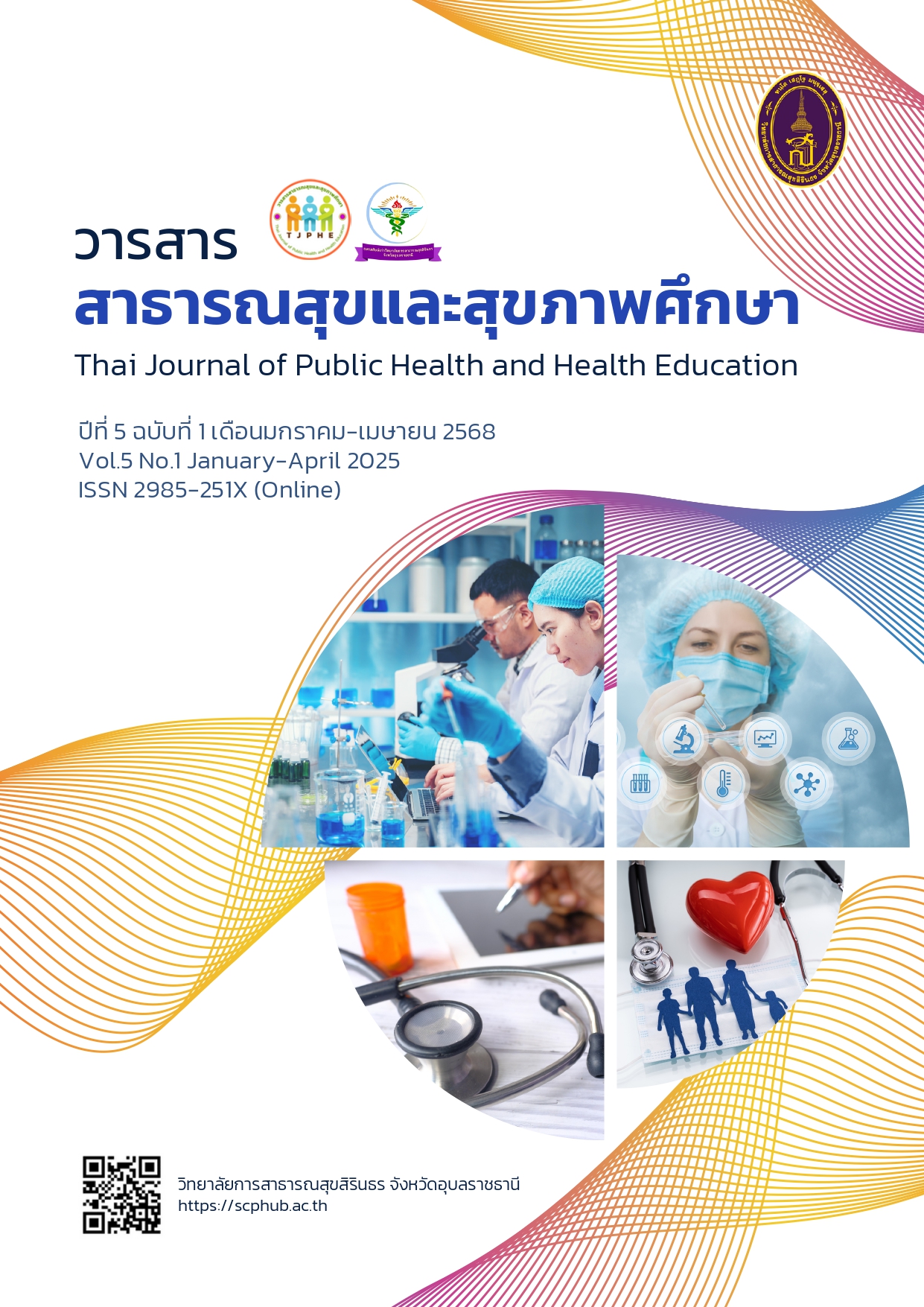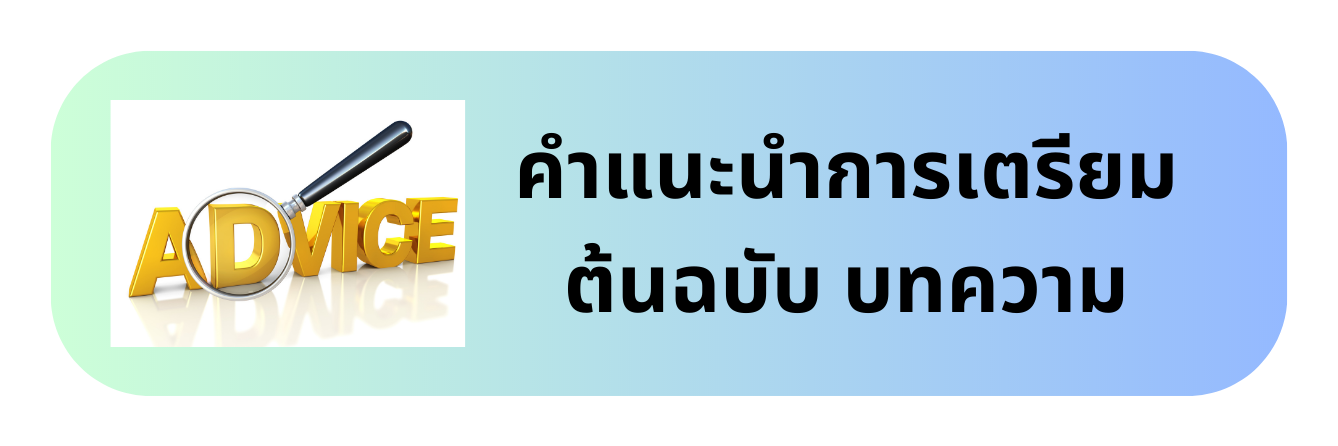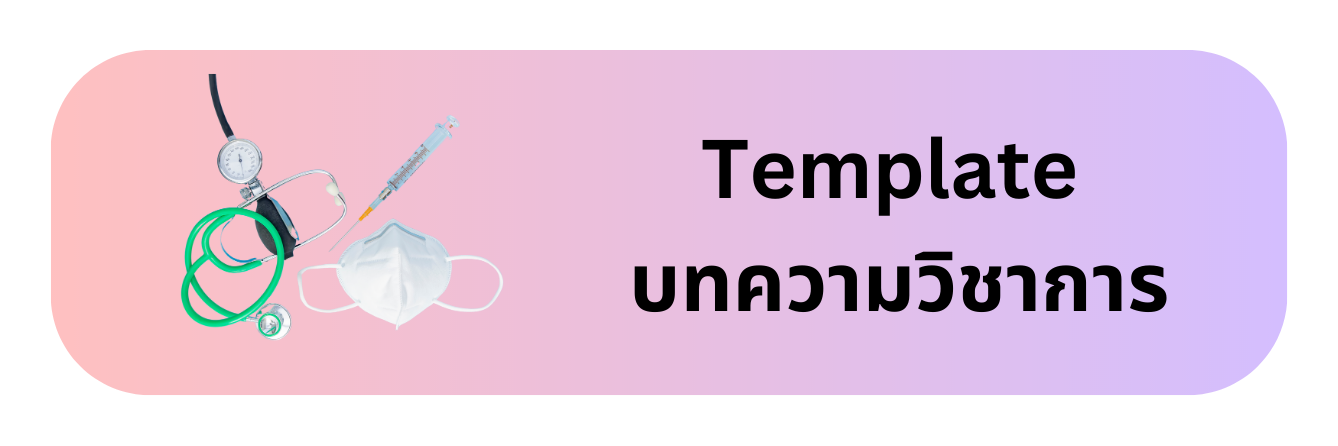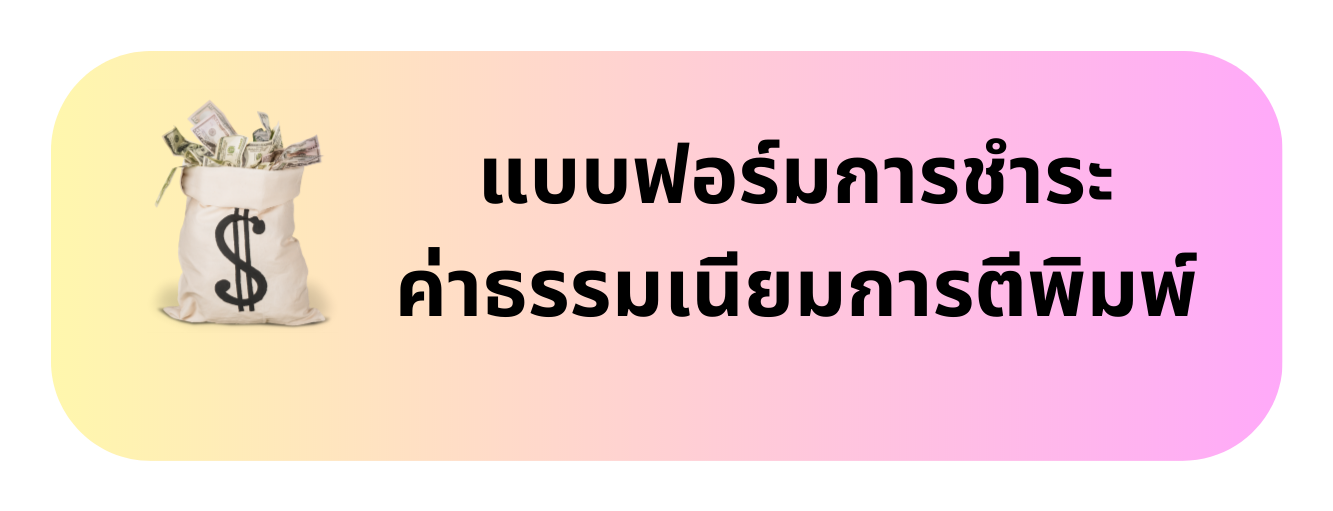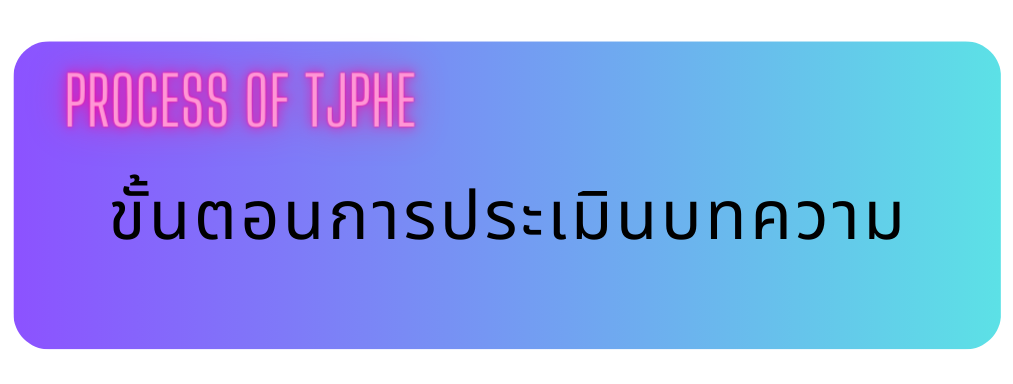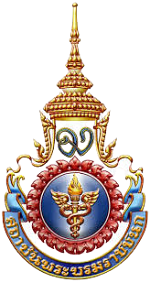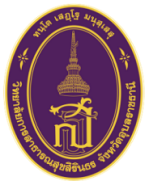Development of Promoting the Intellectual Level of the Early Childhood Model in Ubon Ratchathani Province
Keywords:
intellectual level, health promotion, early childhood, emotional quotientAbstract
The research and development study aimed to analyze situation of the intellectual level, develop and evaluate the model to promote the intelligence of early childhood in Ubon Rachathani province. There were four phases of this study. The first phase was the situation analysis of the intellectual level of 497 early childhood who study in kindergarten 2 in Ubon Ratchathani province. The second phase was the development the model for promoting early childhood by 30 experts. The third phase was the implementation and evaluation the model in Ubon Ratchathani Province, and the fourth phase was improvement the model. The data collection was questionnaires, intelligence quotient (IQ) assessment for children aged 2-7 years, and Emotional Intelligence Assessment for children aged 3-5 years (short version) for teachers/caregivers. Data analysis was conducted descriptive statistics, a paired t-test, and content and context analysis.
The results of the first phase found that the average IQ was 97.9 (S.D.=16.3), and the IQ of 90-109 was highest (44.9%), followed by the IQ of 80-89 (18.5%) and the IQ of 110-119 (15.1%), respectively. The average of the emotional intelligence before receiving the development program was 35.4 (S.D.=2.2). The second phase of development of intelligence promotion model found that the model should be cooperated by all stakeholders for supporting and encouraging early childhood children to learn life skills and develop frontal brain skills. The third phase found that the average IQ was 101.4 (S.D.=13.4), and the average emotional intelligence after development was 45.1 (S.D.=2.1). There was different statistically significant (p-value<.05) when comparing an average of emotional intelligence before and after implementing the model. The fourth phase improved the model through cooperation between all sectors such as Health Promotion Center 10, Mental Health Center 10, to promote early childhood learning and enhance skills appropriately.
Downloads
References
จันท์พิมพ์ สารากร, จุฑามาศ โชติบาง และมาลี เอื้ออำนวย. (2563). ความรู้และการปฎิบัติของผู้ดูแลหลักเพื่อการส่งเสริมความฉลาดทางอารมณ์เด็กในศูนย์พัฒนาเด็กเล็ก. พยาบาลสาร, 47(2), 1-11
ณิชวรรณ จงรักษ์ธนกิจ, มธุรดา สุวรรณโพธิ์, จันทร์อาภา สุขทัพภ์, ประเสริฐ จุฑา และรัชดาวรรณ์ แดงสุข. (2565). ระดับสติปัญญานักเรียนไทยชั้นประถมศึกษาปีที่ 1: การสำรวจระดับชาติ พ.ศ. 2564. วารสารสุขภาพจิตแห่งประเทศไทย, 31(1), 1-11.
นริศรา ตรียันต์. (2562). ความฉลาดทางอารมณ์ของนักเรียนระดับชั้นประถมศึกษาโรงเรียนชูสินทองประดิษฐ์อนุสรณ์ สำนักงานเขตทุ่งครุ กรุงเทพมหานคร. ศิลปะการจัดการ, (3)1, 43-52.
บัณฑิต ศรไพศาล และปราณี ชาญณรงค์. (2552). การศึกษาทบทวนองค์ความรู้ด้านทฤษฎีและเครื่องมือประเมินระดับสติปัญญาและความฉลาดทางอารมณ์ (IQ และ EQ) เด็ก (A review of theoretical knowledge and a tool to assess intelligence and emotional intelligence (IQ and EQ) levels in children). ปทุมธานี: โรงพิมพ์มหาวิทยาลัยธรรมศาสตร์.
ปราณี ชาญณรงค์ และบัณฑิต ศรไพศาล. (2553). รายงานวิจัยการพัฒนาเครื่องมือวิจัยเชิงสำรวจสถานการณ์ระดับสติปัญญาเด็กไทย (The development of a survey research instrument for Intelligence Quotients (IQ) test of Thai children). ปทุมธานี: โรงพิมพ์มหาวิทยาลัยธรรมศาสตร์.
ผดุงศักดิ์ ศรีวาส และเลิศชัย เจริญธัญรักษ์. (2561). ปัจจัยที่เกี่ยวข้องกับระดับสติปัญญาของนักเรียนชั้นประถมศึกษาปีที่ 1 จังหวัดอุบลราชธานี. วารสารวิจัยสาธารณสุขศาสตร์ มหาวิทยาลัยขอนแก่น, 11(3), 14-21.
จันทร์อาภา สุขทัพภ์. (2564). เดินหน้าสร้างเด็กไทย ไอคิวดี : การสำรวจสถานการระดับสติปัญญา (IQ) และความฉลาดทางอารมณ์ (EQ) เด็กไทยชั้นประถมศึกษาปีที่ 1 ประจำปี 2564. สถาบันราชานุกูล กรมสุขภาพจิต. กรุงเทพฯ: โรงพิมพ์ชุมนุมสหกรณ์การเกษตรแห่งประเทศไทย จำกัด.
อรุณี หรดาล (2563). สอนอย่างไรให้เด็กปฐมวัยคิดเป็น. วารสารวไลยอลงกรณ์ปริทัศน์ (มนุษยศาสตร์และสังคมศาสตร์), 10(2), 211-228.
Best, J. W., & Kahn, J. V. (1997). Research in Education. (7th ed). Boston: Allyn and Bacon.
Blom, G., & Blom, G. (1989). The Normal Distribution. New York: Springer.
Gardner, H. (1993). Frames of mind: The theory of multiple intelligences.
García, J. L., & Heckman, J. J. (2021). Early childhood education and life-cycle health. Health economics, 30 Suppl 1(Suppl 1), 119-141. https://doi.org/10.1002/hec.4148
Greenfield, P. M., & Bruner, J. S. (1996). Culture and Cognitive Growth. International Journal of Psychology, 1(2), 89-107. https://doi.org/10.1080/00207596608247117
Krejcie, R.V., & Morgan, D. W. (1970). “Determining Sample Size for Research Activities”. Educational and Psychological Measurement, 30(3), 607–610.
Sternberg, R. J. (1999). The Theory of Successful Intelligence. Review of General Psychology, 3(4), 292-316. https://doi.org/10.1037/1089-2680.3.4.292
Lynn, R., & Vanhanen, T. (2002). IQ and the Wealth of Nations. Westport, CT: Praeger. Retrieved from http://dx.doi.org/10.5040/9798400672408
Downloads
Published
How to Cite
Issue
Section
License
Copyright (c) 2025 Sirindhorn College of Public Health Ubon Ratchathani Province

This work is licensed under a Creative Commons Attribution-NonCommercial-NoDerivatives 4.0 International License.
บทความที่ได้รับการตีพิมพ์ในวารสาร วารสารสาธารณสุขและสุขภาพศึกษา (Thai Journal of Public Health and Health Education) เป็นลิขสิทธิ์ของ วิทยาลัยการสาธารณสุขสิรินธร จังหวัดอุบลราชธานี

